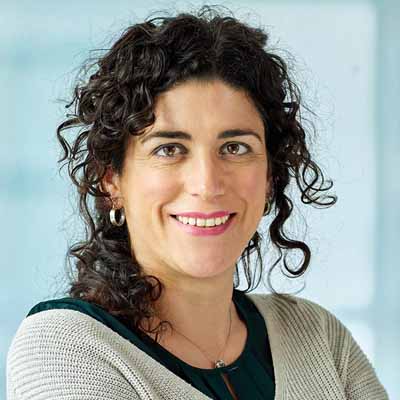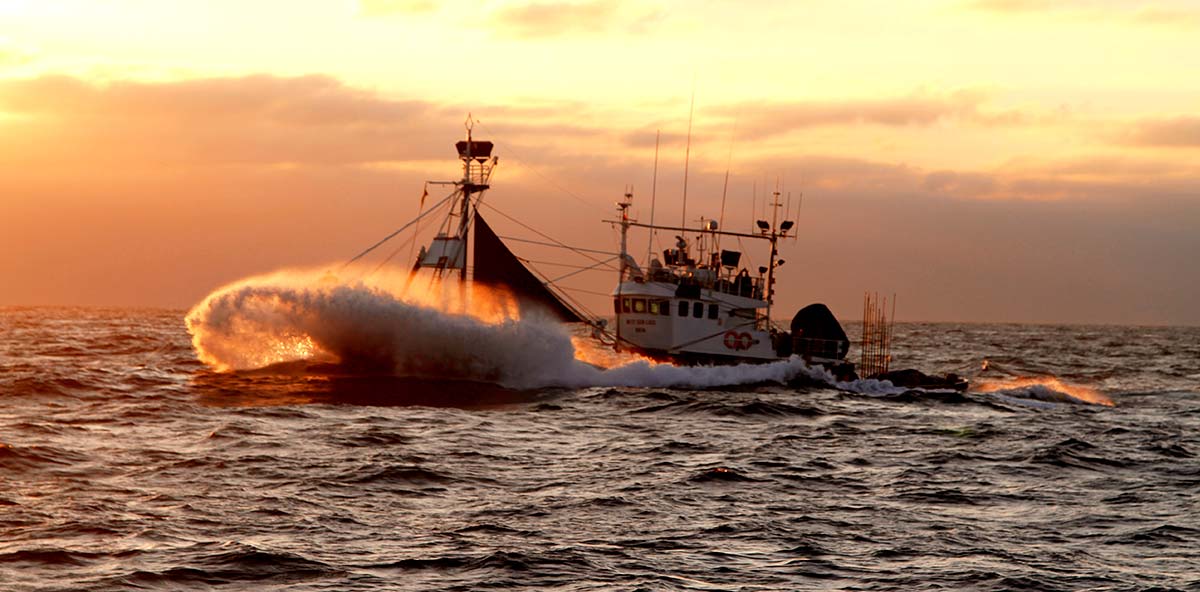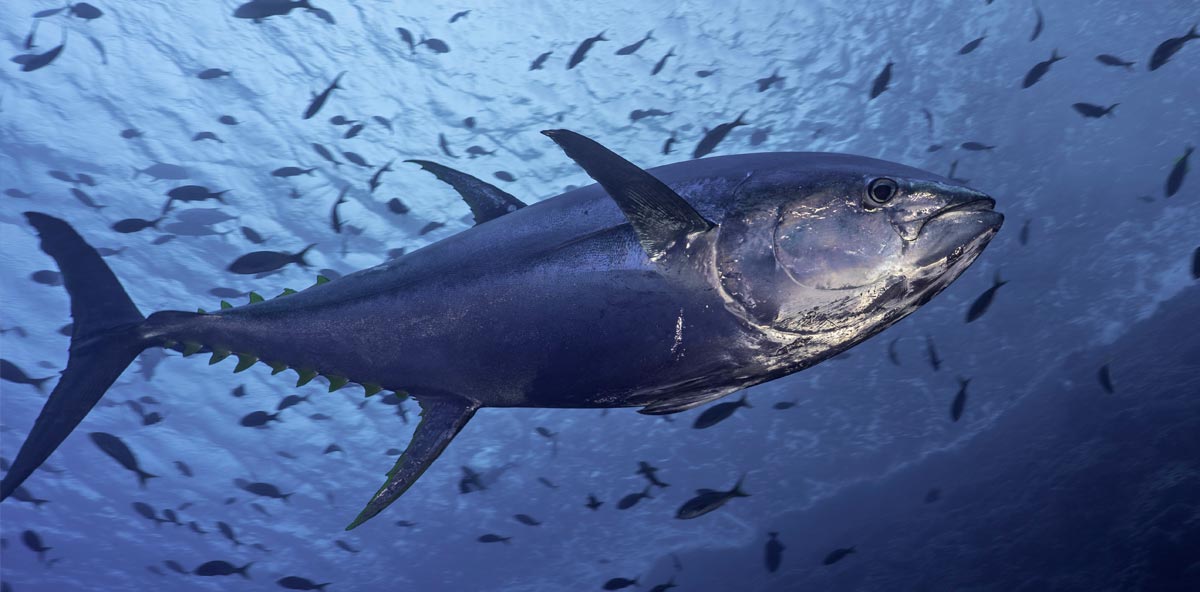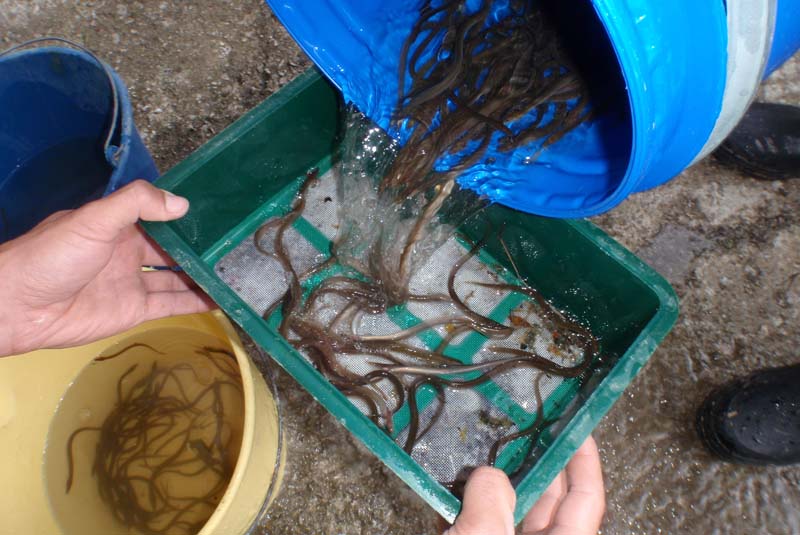SEAwise
Shaping Ecosystem Based Fisheries Management
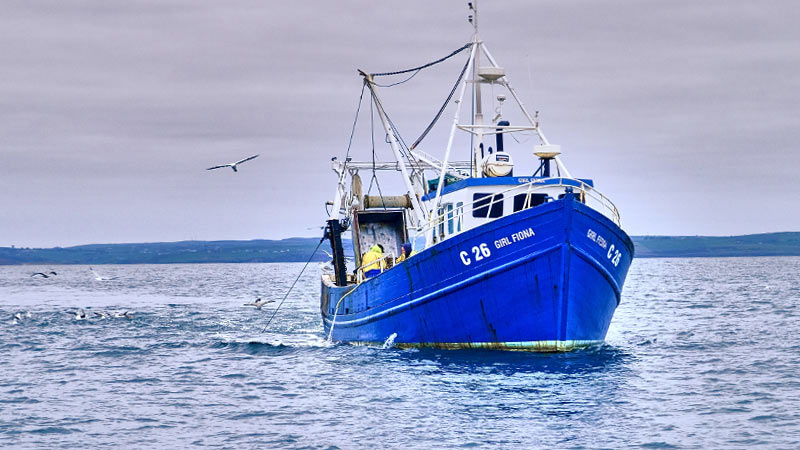
Key results
- AZTI technology centre has drawn up a guide to personalise the selection of the most suitable fish based on the specific nutritional needs of the different European populations, the nutritional composition of the different fish species and the contaminants that may be present in them.
- The full report is available at: https://doi.org/10.11583/DTU.24199245
- Infographic summary: https://bit.ly/3tIpFF0
—
SEAwise will address the key challenge preventing implementation of a fully operational European Ecosystem Based Fisheries Management: the need to increase fisheries benefits while reducing ecosystem impact under environmental change and increasing competition for space. The SEAwise network of stakeholders, advisory bodies and scientists will codesign key priorities and approaches to provide an open knowledge base on European Social-Ecological Fisheries Systems.
SEAwise will innovate the prediction of social indicators of small-scale fisheries, coastal communities, carbon footprint and human health benefits. Using these indicators in fisheries models will help give advice on economically effective and socially acceptable governance under climate change, productivity changes, and the landing obligation. SEAwise will link the first ecosystem-scale assessment of maritime activities’ impacts on habitats with the fish stocks they support. Using ecosystem effects on fishing, including environmental metrics, density dependence, predation, stock health indicators and habitat extent will improve stock productivity predictions. Estimating effects of fishing on sensitive species, benthic habitats, food webs, biodiversity and litter allows evaluation of the mutual consistency of objectives for ecological and social systems.
Multispecies-multifleet models will provide ecosystem forecasts of the effect of fisheries management measures. SEAwise will identify the simplest possible combination of management measures and investigate portfolio diversification as an approach for managing ecosystem resilience and climate adaptation. SEAwise tools and courses for ICES, GFCM, stakeholders and decision makers will ensure that these methods can be used directly in Mediterranean, western European, North Sea and Baltic Sea waters. The predictions will inform an online advice tool highlighting stock- and fisheries-specific social and ecological effects and management trade-offs.
Specific objectives
SEAwise overcomes the four major challenges by addressing four specific objectives using state of the art risk assessment methodology:
1) Build a network of stakeholders, advisory bodies, decision makers and scientists to co-design key priorities and approaches to EBFM and to ensure SEAwise’s continued impact long after the project period.
2) Assemble a new knowledge base on European fisheries interactions with social and ecological systems that integrates scientist and stakeholder experience based knowledge.
3) Develop predictive models of fisheries interactions with social and ecological systems to evaluate, select and implement EBFM strategies across Europe accounting for changes in the environment and use of marine space.
4) Provide ready-for-uptake advice for EBFM for Mediterranean, western and northern European waters.
| Partners |
Danmarks Tekniske Universitet (coordinadores) and 23 other participants, including AZTI |
| Lenght |
2021 – 2025 |
| Funding |
European Union |

